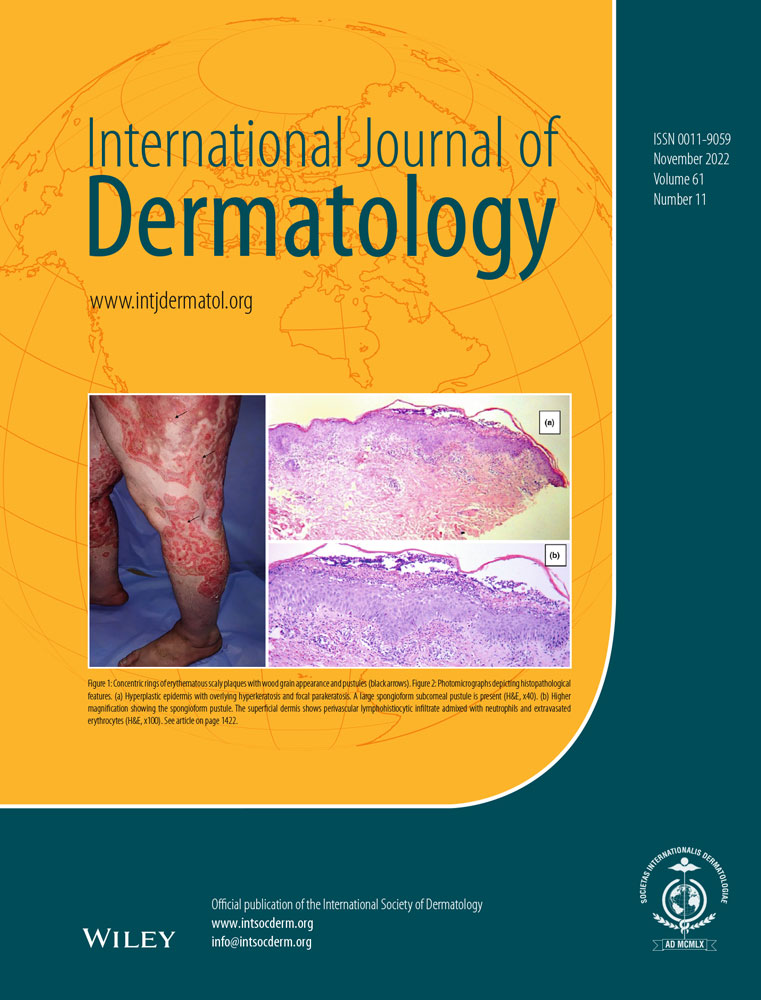The use of flutamide for the neoadjuvant treatment of juvenile nasopharyngeal angiofibroma: a review of the literature comparing results by pubertal status and tumor stage
Conflict of interest: None.
Funding source: None.
Abstract
Background
Juvenile nasopharyngeal angiofibroma (JNA) is a rare but potentially life-threatening fibrovascular tumor that is seen almost exclusively in adolescent males and usually presents with symptoms of nasal obstruction or severe epistaxis. The current gold standard of treatment consists of complete surgical resection; however, this is inherently challenging because of the tumor’s invasive nature and a substantial risk of intraoperative hemorrhage. Flutamide, an anti-androgen antineoplastic agent, has been used preoperatively in attempts to reduce tumor volume allowing for surgical resection with more conservative procedural techniques and reduce intraoperative blood loss.
Methods
A literature review of PubMed and CINAHL was used to identify and analyze 29 male patients with JNA to determine the efficacy of the preoperative use of flutamide.
Results
Our analyses indicate that flutamide may be effective as a neoadjuvant agent by reducing tumor volume prior to resection in some patients but seemed to be more effective in the early stages of JNA without advanced tumor invasion. However, individual tumor response to flutamide was variable. Additionally, postpubertal patients seemed to demonstrate a greater reduction in tumor volume with flutamide compared to their prepubertal counterparts. Dosing regimen and side effects associated with flutamide therapy are also discussed.
Conclusion
Flutamide may be an effective neoadjuvant therapy in some cases of juvenile nasopharyngeal angiofibroma, but larger scale, case-control studies are likely needed to further expand on this conclusion. Postpubertal males with early-stage disease seemed to be the population that may benefit most from this treatment protocol.




